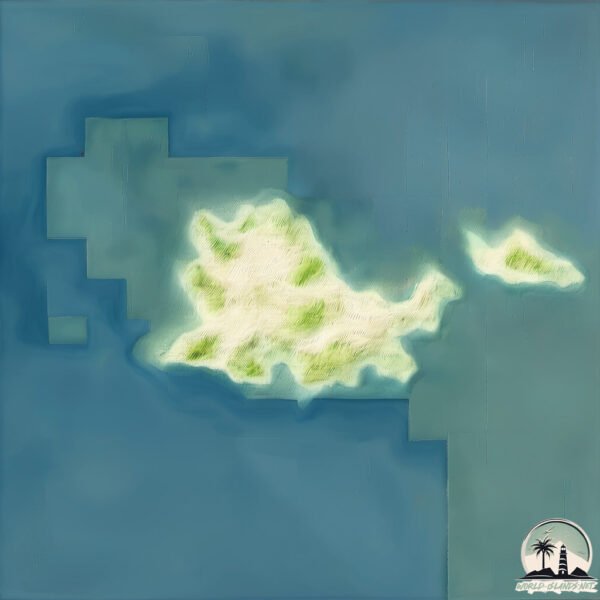Welcome to San Benito , a Dry island in the North Pacific Ocean, part of the majestic Pacific Ocean. This guide offers a comprehensive overview of what makes San Benito unique – from its geography and climate to its population, infrastructure, and beyond. Dive into the details:
Geography and size of San Benito
Size: 4 km²Coastline: 12.5 kmOcean: Pacific OceanSea: North Pacific OceanContinent: North America
San Benito is a Small Island spanning 4 km² with a coastline of 12.5 km.
Archipel: –
Tectonic Plate: Pacific – The world’s largest tectonic plate, covering much of the Pacific Ocean, known for the Pacific Ring of Fire with extensive seismic and volcanic activity.
The geographic heart of the island is pinpointed at these coordinates:
Climate and weather of San Benito
Climate Zone: DryClimate Details: Cold Desert ClimateTemperature: Cold
Climate Characteristics: Similar in dryness to hot deserts but with cold winters. Days can be warm or hot, while nights are typically chilly with common frost occurrences.
Topography and nature of San Benito
Timezone: UTC-07:00Timezone places: America/DenverMax. Elevation: 125 m Mean Elevation: 59 mVegetation: ShrublandTree Coverage: 91%
The mean elevation is 59 m. The highest elevation on the island reaches approximately 125 meters above sea level. The island is characterized by Plains: Flat, low-lying lands characterized by a maximum elevation of up to 200 meters. On islands, plains are typically coastal lowlands or central flat areas.
Dominating Vegetation: Shrubland
Vegetation: 4 vegetation zones – Diverse Island
Infrastructure and Travelling to San Benito
Does the island have a public airport? no .
Does the island have a major port? no .
The mean population of San Benito is 0 per km². San Benito is Uninhabited. The island belongs to Mexico .
Continuing your journey, Cedros is the next notable island, situated merely km away.
A Day of Yellowtail Fishing at San Benito Island
Help us make more videos by clicking the like button. The Stoked On Fishing Crew travels to Cedros Island in search of ...
A Day of Yellowtail Fishing at San Benito Island
Help us make more videos by clicking the like button. The Stoked On ...
Help us make more videos by clicking the like button. The Stoked On Fishing Crew travels to Cedros Island in search of ...
Rediscover San Benito, Siargao (Ep.22)
If surfing is not for you, there are more activities to choose from in ...
If surfing is not for you, there are more activities to choose from in Siargao. You can paddle around mangrove forests, zipline, ...
Natural Wonders: San Benito Island Oeste
Mexico is classified as Emerging region: MIKT: Mexico, Indonesia, South Korea, and Turkey – Economies recognized for their development potential and emerging market status. The level of income is Upper middle income.
News – Latest Updates and Headlines from San Benito
Stay informed with the most recent news and important headlines from San Benito. Here’s a roundup of the latest developments.
Loading...
Please note: The data used here has been primarily extracted from satellite readings. Deviations from exact values may occur, particularly regarding the height of elevations and population density. Land area and coastline measurements refer to average values at mean high tide.

